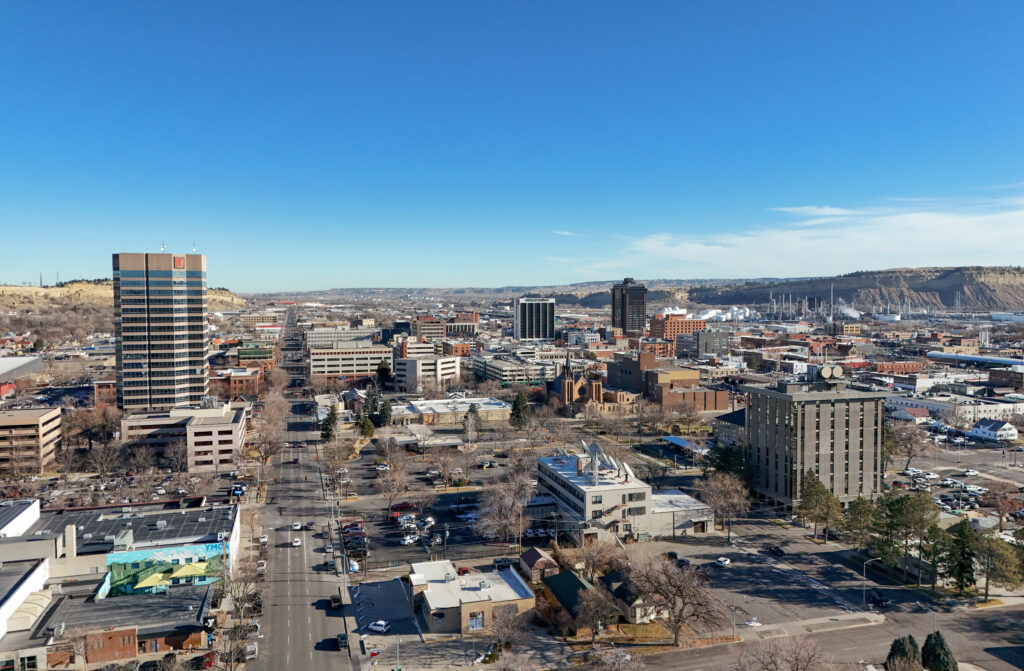Montana’s expansive geography creates unique challenges for ambulance providers facing average transport distances exceeding 45 miles in rural areas, resulting in collection rates below 35% for many EMS agencies struggling with high operational costs and low reimbursement rates
Payer MixReality
Montana’s ambulance services navigate a challenging payer landscape dominated by government programs. Current payer mix shows Medicaid at 28%, Medicare at 31%, commercial insurance at 24%, and self-pay at 17%. Blue Cross Blue Shield of Montana controls 42% of the commercial market, followed by PacificSource at 18% and Allegiance at 12%. Average reimbursement rates paint a stark picture: Medicare pays approximately $425 for basic life support (BLS) transports, while Montana Medicaid reimburses only $185 for the same service. Commercial payers average $750 but frequently deny claims for medical necessity. Collection rates plummet to 22% for self-pay accounts, with rural providers reporting even lower success rates. The state’s aging population continues shifting the payer mix toward Medicare, while economic challenges increase Medicaid enrollment. Many EMS agencies report 60-day collection rates below 40%, with rural services experiencing particular difficulty collecting from out-of-state visitors and seasonal workers who comprise up to 15% of transports during summer months.
State Medicaid & Compliance
Montana Medicaid’s ambulance reimbursement structure significantly impacts provider finances. The state pays $185 for BLS non-emergency transports and $310 for advanced life support (ALS), among the lowest rates nationally. Montana enforces a 365-day timely filing limit for Medicaid claims, though providers must submit within 180 days for full reimbursement. The No Surprises Act implementation requires Montana ambulance services to provide good-faith estimates for non-emergency transports, with specific disclosure requirements for out-of-network services. Prior authorization is mandatory for non-emergency Medicaid transports, requiring MT-1 forms submitted at least 72 hours before scheduled services. The Montana Department of Public Health and Human Services updated regulations in 2023, adding documentation requirements for mileage verification and medical necessity. Providers must maintain detailed trip logs showing exact addresses, mileage calculations, and time stamps. Schedule a demo today—24-hour turnaround to ensure your Montana Medicaid claims meet all state-specific requirements and maximize reimbursement potential.
Collection Laws
Montana’s collection regulations provide specific protections for medical debt while allowing reasonable recovery efforts. The state follows federal FDCPA guidelines with additional restrictions: collectors cannot contact debtors at work if prohibited by employers, and communication limits apply between 8 AM and 9 PM. Montana law prohibits wage garnishment for medical debt below $1,000 and caps garnishment at 10% of disposable income for larger amounts. The statute of limitations for medical debt stands at five years from the date of service, shorter than many states. House Bill 427, enacted in 2023, requires 180-day waiting periods before reporting medical debt to credit agencies and mandates clear itemization of all charges. Ambulance services must provide payment plans for balances exceeding $250, with minimum terms of 12 months interest-free. Collection agencies operating in Montana need state licensing and must register with the Montana Department of Administration. Violations can result in $1,000 penalties per incident plus actual damages.
Local EMS Landscape
Montana’s EMS system reflects the state’s vast geography and dispersed population. Major hospital systems include Billings Clinic (operating in 13 communities), Providence (8 facilities), and Benefis Health System (serving north-central Montana). The 911 system relies heavily on volunteer services, with 80% of Montana’s 150 EMS agencies operating as volunteer or combination departments. Private ambulance services like American Medical Response operate primarily in Billings, Great Falls, and Missoula, while rural areas depend on volunteer fire departments and critical access hospitals. Average transport distances reach 45 miles one-way, with frontier counties averaging 75+ miles to definitive care. Unique contracting norms include subsidy agreements where counties supplement EMS budgets to maintain coverage. Many agencies participate in the Montana Shared Aid Network for mutual assistance across county lines. Schedule a demo today—24-hour turnaround to navigate Montana’s complex rural EMS billing landscape effectively.
Case Study
In Kalispell, Logan Health EMS reduced their 120-day A/R from $2.3 million to $1.4 million by implementing automated eligibility verification and real-time claim status tracking. The service, handling 8,500 annual transports across Flathead County, struggled with claim denials averaging 32% due to eligibility issues and missing prior authorizations. By integrating payer portals and establishing dedicated Medicaid pre-authorization workflows, they decreased initial denials to 18% within six months. The improved process particularly impacted their Medicare Advantage claims, where timely filing issues dropped by 65%. Their collection rate for self-pay accounts improved from 19% to 28% through early financial counseling and structured payment plans starting at $25 monthly.
Montana’s unique EMS billing challenges demand specialized expertise in rural healthcare revenue cycles. Midwest Service Bureau’s solutions for healthcare address the specific needs of frontier ambulance services managing extended transport distances and complex payer mixes. With Montana EMS billing recovery rates lagging national averages, proper revenue cycle management becomes critical for service sustainability.
Understanding Montana ambulance debt compliance requirements, from the state’s specific FDCPA interpretations to Medicaid prior authorization mandates, ensures both regulatory adherence and optimized collections. As Montana emergency medical transport collections face increasing scrutiny under expanded patient protections, partnering with compliance-focused revenue cycle experts protects your organization while maximizing recovery. The Montana surprise billing ambulance regulations add another layer of complexity, requiring dedicated attention to good faith estimates and network disclosure requirements.
The Montana Department of Public Health and Human Services’ 2023 EMS System Review highlighted average collection rates of 34% statewide, with rural services collecting only 28% of billed charges. Professional revenue cycle management can significantly improve these metrics while maintaining full compliance with state and federal regulations. Schedule a demo today—24-hour turnaround to transform your Montana ambulance billing operations.
Midwest Service Bureau’s compliance guarantee ensures your collections meet all Montana state requirements while maximizing revenue recovery. Contact us at 316-263-1051 to discuss your specific Montana EMS billing challenges.




